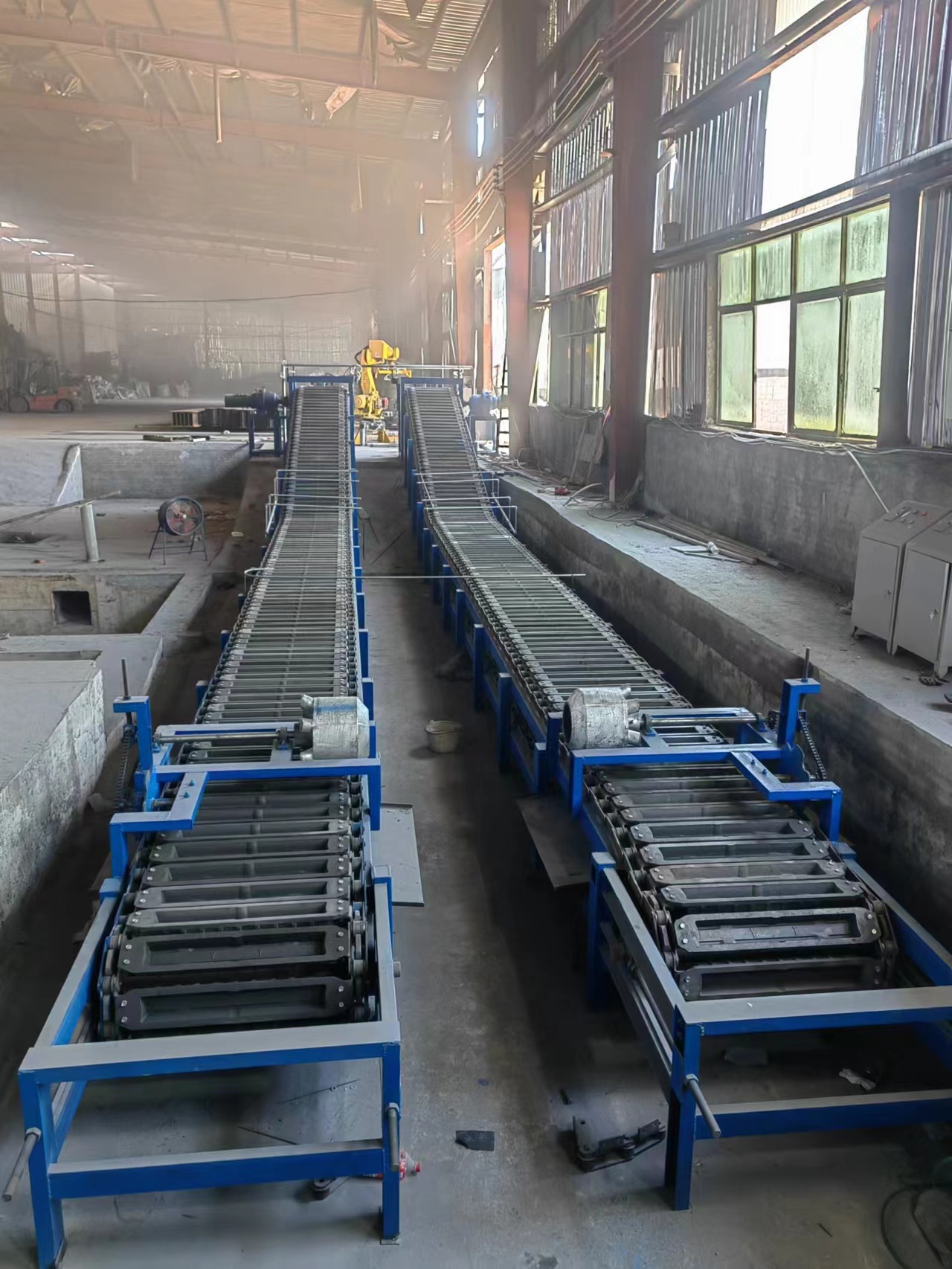Lead Acid Battery Recycling Process
Introduction
Lead-acid batteries are widely used in various applications, including automotive, industrial, and renewable energy storage. However, once these batteries reach the end of their life, they must be recycled to recover valuable materials and prevent environmental contamination. This article provides a step-by-step guide to the recycling process of lead-acid batteries, from breaking them down to smelting and casting lead ingots.
1. Collection and Transportation
The first step in the recycling process is the collection of used lead-acid batteries. These batteries are gathered from various sources, such as automotive repair shops, recycling centers, and waste collection points. Proper handling and transportation are crucial to prevent leakage of hazardous materials, such as sulfuric acid and lead compounds.
2. Battery Breaking and Separation
Once the batteries are collected, they are transported to a recycling facility where they undergo a breaking and separation process. The batteries are fed into a crusher or hammer mill, which breaks them into smaller pieces. The broken pieces are then placed in a separation system, typically a hydro-separator, where the components are divided based on their density.
Lead Components: The heavy lead parts, including grids, terminals, and lead oxide paste, sink to the bottom.
Plastic Components: The lighter plastic casings float to the top and are skimmed off for further processing.
Electrolyte (Sulfuric Acid): The liquid electrolyte is drained and neutralized to form sodium sulfate, which can be used in other industrial processes or safely disposed of.

3. Lead Paste Processing
The lead paste, which contains lead oxide and lead sulfate, is treated to recover the lead content. The paste is typically processed in a desulfurization unit, where it is mixed with a sodium carbonate solution to convert lead sulfate into lead carbonate. The lead carbonate is then filtered and dried.
4. Smelting
The lead components, including the metallic lead pieces and the processed lead paste, are fed into a smelting furnace. The smelting process involves heating the materials to high temperatures (around 1,000°C) in the presence of a reducing agent, such as coke or coal. This reduces the lead compounds to molten lead, which separates from the impurities.
Impurities: The impurities, known as dross, float to the surface of the molten lead and are skimmed off. The dross may contain other metals, such as antimony and tin, which can be further processed to recover these valuable materials.
Molten Lead: The purified molten lead is then tapped from the furnace and transferred to a holding pot.

5. Refining and Alloying
The molten lead may undergo further refining to remove any remaining impurities. This is typically done by adding specific chemicals that react with the impurities, causing them to form a slag that can be removed. Depending on the desired final product, alloying elements, such as antimony or calcium, may be added to the molten lead to produce lead alloys with specific properties.

6. Casting into Lead Ingots
The final step in the recycling process is casting the purified and alloyed lead into ingots. The molten lead is poured into molds, where it solidifies into lead ingots. These ingots are then cooled, removed from the molds, and prepared for shipment to manufacturers who will use them to produce new lead-acid batteries or other lead-based products.

7. Environmental and Safety Considerations
Throughout the recycling process, it is essential to adhere to strict environmental and safety regulations to minimize the release of hazardous substances and protect workers' health. This includes proper ventilation, dust control, and the use of personal protective equipment (PPE). Additionally, wastewater and emissions must be treated to prevent pollution.
Conclusion
The recycling of lead-acid batteries is a critical process that not only recovers valuable materials but also helps protect the environment from hazardous waste. By following the steps outlined in this guide, recycling facilities can efficiently and safely transform used lead-acid batteries into high-quality lead ingots, ready for reuse in new products. Proper recycling practices ensure the sustainability of lead resources and contribute to a circular economy.

 Lead Acid Battery Recycling Process-news-battery recycling machine,Jiangxi Mingxin
Lead Acid Battery Recycling Process-news-battery recycling machine,Jiangxi Mingxin